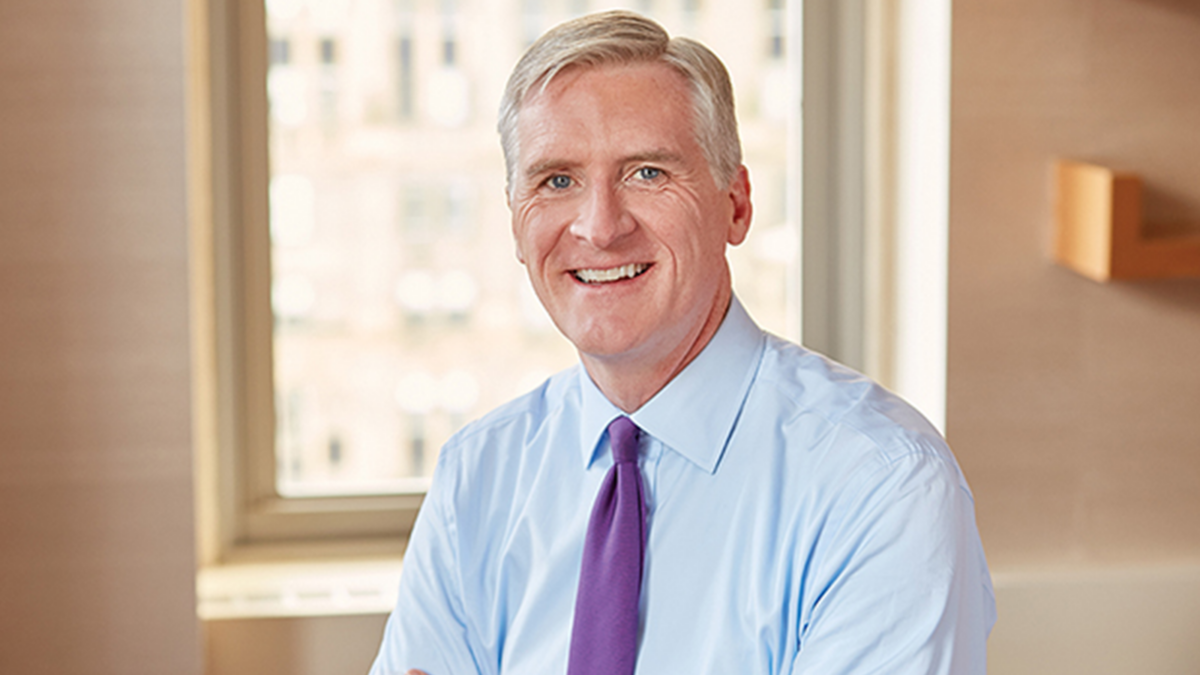Adviser-to-client ratios reach upper limit, with tech marked as the saviour
The bifurcation of adviser numbers and the advice seeking populace continues, with the amount of advisers slipping further to 15,700 and the quantum of clients they each service at levels not seen since 2017. To cope with the strain, researcher Investment Trends believes, advisers are embracing technology in a way they never have before.
The average number of clients per adviser now sits at 120, up from 113 in 2022 according to Investment Trends, which details the trend in its 2023 Adviser Technology Needs Report. Since 2013, when the average number of clients per adviser was 123, the number has oscillated between 107 and 113.
But in 2023, with the quantum of advisers on ASIC’s register plunging to depths not seen in decades, the demand for adviser services is higher than ever.
While advice technology has been seen as not fully reaching its potential in recent years, especially when stacked up next to the success of managed account-enabled investment platforms, the advances that have been made are beginning to help advisers build client books back to swollen levels.
“The average number of clients serviced by any single adviser appears to be (slowly but surely) approaching Dunbar’s cognitive limit,” says Irene Guiamatsia, head of research at Investment Trends. “This renders considerations of scale, digital engagement and the broader role of technology more pertinent than ever.”
As more advisers become satisfied with the tech tools they currently use to service a growing book of clients, Guiamatsia says, more of them become willing to try out new versions of old systems.
“There is no subsiding in the interest advisers express for seamless data transfers between the various systems they use,” she says. “While the focus remains on traffic between planning software and investment platforms, there is also substantial demand for integrations with bank accounts, trading tools, and appointment scheduling software – all of which can support advisers in meeting this growing client demand,”
Bridging the gap between advisers and technology doesn’t necessarily mean opening the door to more providers, the report explains. Despite the popularity of investment platforms, for example, 43 per cent of advisers no only use two platforms compared to 32 per cent in 2022.
It’s not open slather for tech providers, in other words. In fact, there’s more pressure than ever for providers to get the solution right.
“Despite the consolidation that has occurred, 12 per cent of advisers remain open minded about alternative platform solutions,” Guiamatsia adds. “Platform providers therefore have every interest in seeking to better understand what advisers are looking for and offer an appropriate solution that’s going to best help them, help their clients.”











